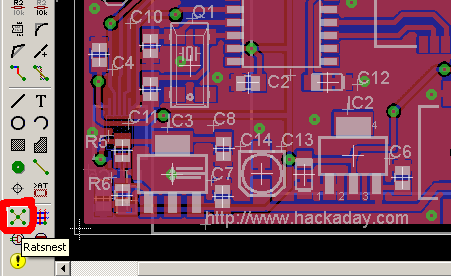
[Niklas Roy] built a motorized window curtain to screen out foot traffic in front of his window. When you hear “motorized curtain” you may think that this will move up and down but it doesn’t. Instead, the small curtain move horizontally to cover passersby as they travel down the sidewalk. This is accomplished using a camera in conjunction with some motion sensing software. In the video after the break you can see that the software also anticipates the movement, and ends up doing a good job of keeping the target covered. That’s thanks to the Processing sketch working in conjunction with a rotary encoder on the hardware setup. Details for both are available on the page linked above.
This harkens to other community involvement hacks we’ve seen like the subway stair piano, or the bottle recycling video game. It’s fun and quirky, which is not too much of a surprise as we saw a glimpse of that when we looked at [Niklas’] public fountain hydropower generator.
Continue reading “Window Curtain Moves To Screen Pedestrians”
















